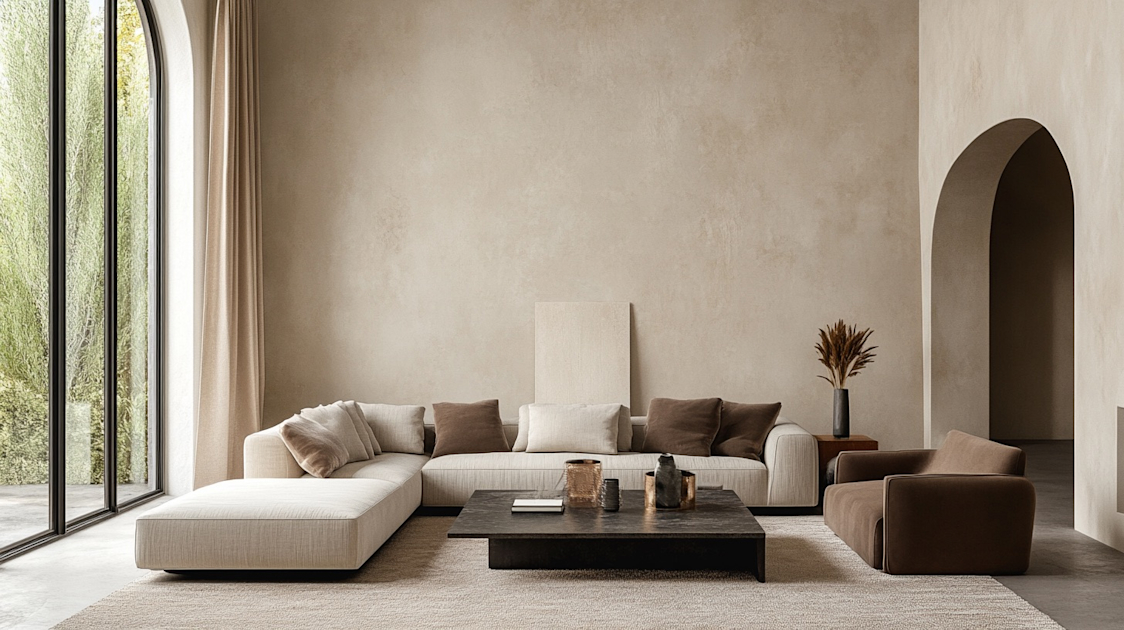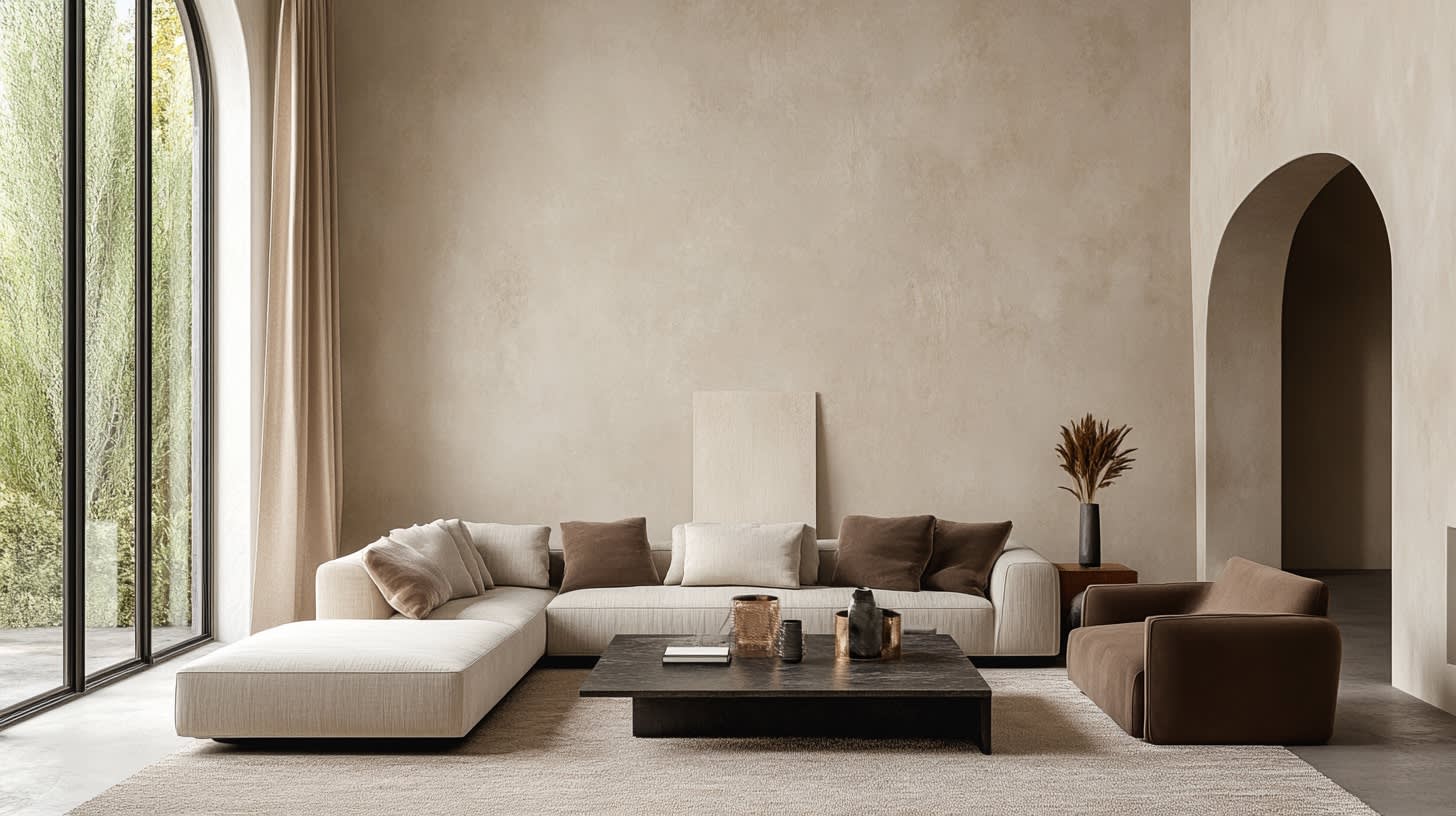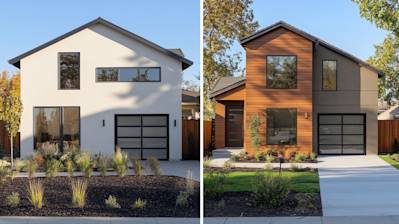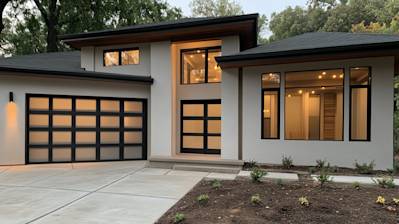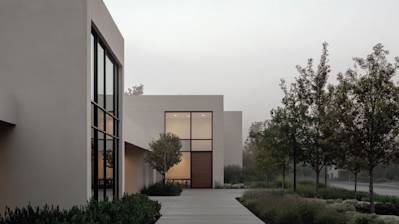Italy is world-renowned for its artistry and classical design. In the realm of interior and exterior décor, Italian plasterwork has an esteemed reputation for its rich texture, alluring finish and durability. When it comes to erecting a wall with a statement or creating a seamless indoor aesthetic, Italian plaster walls are a go-to for many designers and homeowners.
Understanding Italian Plaster Walls
Encompassing a number of techniques, styles, and finishes, Italian plaster walls refer to a distinctive approach to wall decoration that has its roots in ancient Roman times. The primary component of Italian plaster is lime, which gives the walls their characteristic longevity and charm. Today, Italian plaster walls are sought after for their ability to provide a statement of luxury and elegance.
Types of Italian Plaster
Italian plaster comes in various types each producing a unique effect. You will find Italian plaster categorized into three important types:
-
Marmorino
A well-known type of Italian plaster known for its smooth finish and applicability to different surfaces. It consists of crushed marble and lime paste - a versatile choice ideal for both interior and exterior applications.
-
Scagliola
This type replicates the look and feel of marble without the expensive price tag. Comprising plaster, glue and colorants, Scagliola creates a polished, glimmering finish when polished.
-
Sgraffito
A multilayer plastering technique resulting in an intricate design. The process involves applying several layers of plaster in different colors and then scratching the surface to reveal the layers underneath.
Steps for Creating Italian Plaster Walls
Crafting Italian plaster walls is a labor-intensive process requiring skill, knowledge, and patience. The steps involved in creating Italian plaster walls include:
- Wall preparation involving cleaning, curing and sanding
- Application of primer/sealer
- Application of the base coat of plaster
- Application of the finish coat of plaster
- Polishing and sealing
Maintenance of Italian Plaster Walls
Italian plaster walls require minimal maintenance, and generally only need to be dusted or wiped down with a damp cloth or sponge. It's important not to use harsh chemicals or abrasive cleaning methods, as they can damage the plaster's finish.
In case of stains, mild soap and warm water can be used. For scratches, a touch-up with the same plaster is often enough to restore the wall to its original beauty.
Choosing Italian plaster for your walls
With their rich textures and opulent finishes, Italian plaster walls offer a unique ambiance that fits almost any aesthetic. They are durable, timeless, and versatile, lending a sense of luxury and contentment to any space.
Whether you’re renovating your home, adding an extension, or building a new property, Italian plaster walls can imbue any space with a timeless beauty. With the wide range of finishes and techniques available, there's an Italian plaster wall solution for every preference and style.
No matter your design aspirations, Italian plaster walls can transform your space into a masterpiece of style and sophistication, demonstrating the age-old truths of Italian artistry and design.
Frequently Asked Questions about Italian Plaster Walls
This FAQ section is meant to equip you with comprehensive knowledge about Italian plaster walls and answer all the whys, whats, and hows concerning this elegant wall finish.
Why are Italian plaster walls popular?
Italian plaster walls, known for their beauty and longevity, have secured a significant place in interior design and architecture. The unique texture and depth of color they bring add a touch of luxury to any space and can be used to create a wide range of aesthetic outcomes. Plus, they are extremely durable.
What materials are used in Italian plaster walls?
Italian plaster is commonly composed of lime putty and marble dust. The use of these natural materials lends Italian plaster its unique texture and durability. Some variations may also include synthetic aggregates to achieve different finishes.
How are Italian plaster walls created?
Creating Italian plaster walls involves applying several layers of plaster to the wall surface. Each layer is meticulously troweled on and polished for a smooth, seamless finish. While the process can be labor-intensive and requires a high degree of craftsmanship, the end results are truly remarkable.
Do Italian plaster walls require maintenance?
Italian plaster walls require reasonably low maintenance. However, it's recommended to dust them regularly and gently clean with a damp cloth from time to time to maintain their stunning appearance. In case of any damage, it is advisable to seek professional help for repairs, as the technique to restore them can be intricate.
How long do Italian plaster walls last?
One of the biggest selling points of Italian plaster walls is their durability. When properly maintained, these walls can last for several decades. Thanks to their high-quality natural ingredients, Italian plaster walls have good resistance to cracks and damages, ensuring a long lifespan.
Can walls with existing paint or wallpaper be converted into Italian plaster?
Yes, walls with pre-existing paint or wallpaper can be converted into Italian plaster walls. However, the existing finish would need to be completely stripped before any plastering work begins. The wall's surface must be properly prepared to ensure a successful and durable application.
Does Italian plaster come in different colors?
Yes, Italian plaster comes in a vast array of colors. It can be tinted using natural or synthetic pigments, allowing you to achieve a color palette that perfectly complements your overall interior design scheme. This makes Italian plaster extremely versatile and adaptable to any design aesthetic.
Can Italian plaster be used in bathrooms or wet areas?
Italian plaster works brilliantly in bathrooms and other wet areas thanks to its excellent resistance to humidity. Certain variations like Venetian plaster, when sealed properly, can effectively resist water, making it a suitable choice for bathrooms, showers, and backsplash areas in kitchens.
Can I plaster the walls myself?
While Italian plaster can be a DIY project, it's worth noting that the application process requires a specific skill set and attention to detail to achieve the desired finish. If you are new to plastering, it might be beneficial to seek professional help or practice on a smaller surface before attempting a larger project.
Are Italian plaster walls environmentally friendly?
Yes, Italian plaster walls are eco-friendly. The primary materials, lime and marble dust, are naturally sourced, and the process of creating Italian plaster requires less energy compared to other wall finishes. Also, its longevity reduces the need for replacements, contributing to less waste.
Can Italian plaster be applied to ceilings?
Absolutely! Italian plaster can be used to achieve a sumptuous and stylish finish on ceilings. Its ability to create a smooth, seamless finish and play with light and shadow can dramatically elevate the beauty of any room.
Pros & Cons of Italian Plaster Walls
Pros of Italian Plaster Walls
Durability
Italian plaster walls are renowned for their exceptional durability. This type of plaster, often referred to as Venetian plaster, is known to withstand the test of time. The following points highlight the durability aspects:
-
Scratch Resistance: Italian Plaster material forms a hard and resilient coating, reducing the chance of scratches or dents.
-
Longevity: Italian Plaster finishes can last for years without showing signs of wear or needing repairs.
-
Water Resistant: Most types of Italian plaster are highly resistant to water and mold, making them ideal for areas with high moisture levels.
Aesthetics
Italian plaster walls contribute significantly to the overall aesthetic appeal of a space. These points illustrate the visual benefits:
-
Variety: Italian plaster walls come in a wide range of colors and finishes, allowing for an extensive range of aesthetic options.
-
Unique Look: Each Italian plaster wall is handcrafted and unique, providing an artistic and sophisticated edge for any room.
-
Classic Appeal: The rich texture of Italian plaster walls lends a timeless elegance to rooms, reminiscent of ancient Roman and Greek architecture.
Environmentally Friendly
Environmental sustainability is another considerable advantage of Italian plaster walls. Here are some relevant details:
-
Non-Toxic: Italian plaster walls don't emit volatile organic compounds (VOC), making them a healthier choice for indoor environments.
-
Biodegradable: Italian plaster materials are biodegradable and do not contribute to landfill waste.
-
Energy Saving: Italian plaster walls have thermal properties, which can help in retaining heat during winter and keeping the house cool during summer months.
Cons of Italian Plaster Walls
Cost
Despite the many benefits, the cost of installing Italian plaster walls can be a detractor. The following points discuss the cost-related drawbacks:
-
High Initial Cost: Italian plaster walls often come with a high upfront cost, especially when you factor in professional installation services.
-
Maintenance Expenses: Even though Italian plaster is durable, it may require occasional professional touch-ups, leading to additional maintenance costs.
Installation and Repair Complexity
Consider the following when assessing the complexity of Italian plaster wall installation and repair:
-
Skilled Labor: Italian Plaster installation requires experienced craftsmen, which can limit your options for installation contractors.
-
Time-consuming: The process of applying Italian plaster takes time, as it requires multiple layers with drying time in between.
-
Difficulty of Repair: If the wall gets damaged, color matching the repair area to the surrounding wall can be a complex process.
Potential for Damage
Despite their durability, Italian plaster walls can still be susceptible to damage under certain conditions:
-
Sharp Objects: While scratch-resistant to everyday bumps and knocks, sharper objects can still damage Italian plaster walls.
-
Extreme Moisture: Even though Italian plaster is resistant to moisture to some extent, it's not fully waterproof and can degrade in extremely damp conditions or water exposure over time.
Summary
Italian plaster walls are truly special and add an old-world charm to any space. They take the aesthetics of your interior design to the next level. So, if you're looking for a unique and stylish wall finish that can stand the test of time, Italian plaster walls should be on top of your list. Your guests will most certainly admire your taste in home decor!
Applying Italian plaster walls might seem like a significant undertaking, but the effort pays off in the style and durability it adds to your home. These walls will bring a rustic, warm, and elegant European vibe, all while adding a sense of depth and texture. So, the next time you consider renovating your home or simply want to give it a make-over, do consider the timeless elegance that Italian plaster walls bring to the table.
Lastly, Italian plaster walls are not just about the visual appeal; they also offer practical benefits. They are known for their longevity and resistance to humidity, making them an excellent option for areas with a damp climate. These walls require less maintenance than traditional wall finishes, making them a practical, low cost and long-lasting solution. Thus, opting for Italian plaster walls is both a stylistically sophisticated and economically smart choice for any homeowner.
About Atlas Stucco
Welcome to Atlas Stucco, a renowned name in Sacramento, CA for top notch stucco services! We're a dedicated team, truly passionate about adding a layer of elegance to homes and commercial buildings using the finest stucco available. With a strong dedication to quality craftsmanship, we've been aiding clients in achieving their architectural aspirations for years. Atlas Stucco, your ultimate partner transforming spaces one stucco at a time.
Tags: Italian Plaster Walls, Design, Home Improvement,

